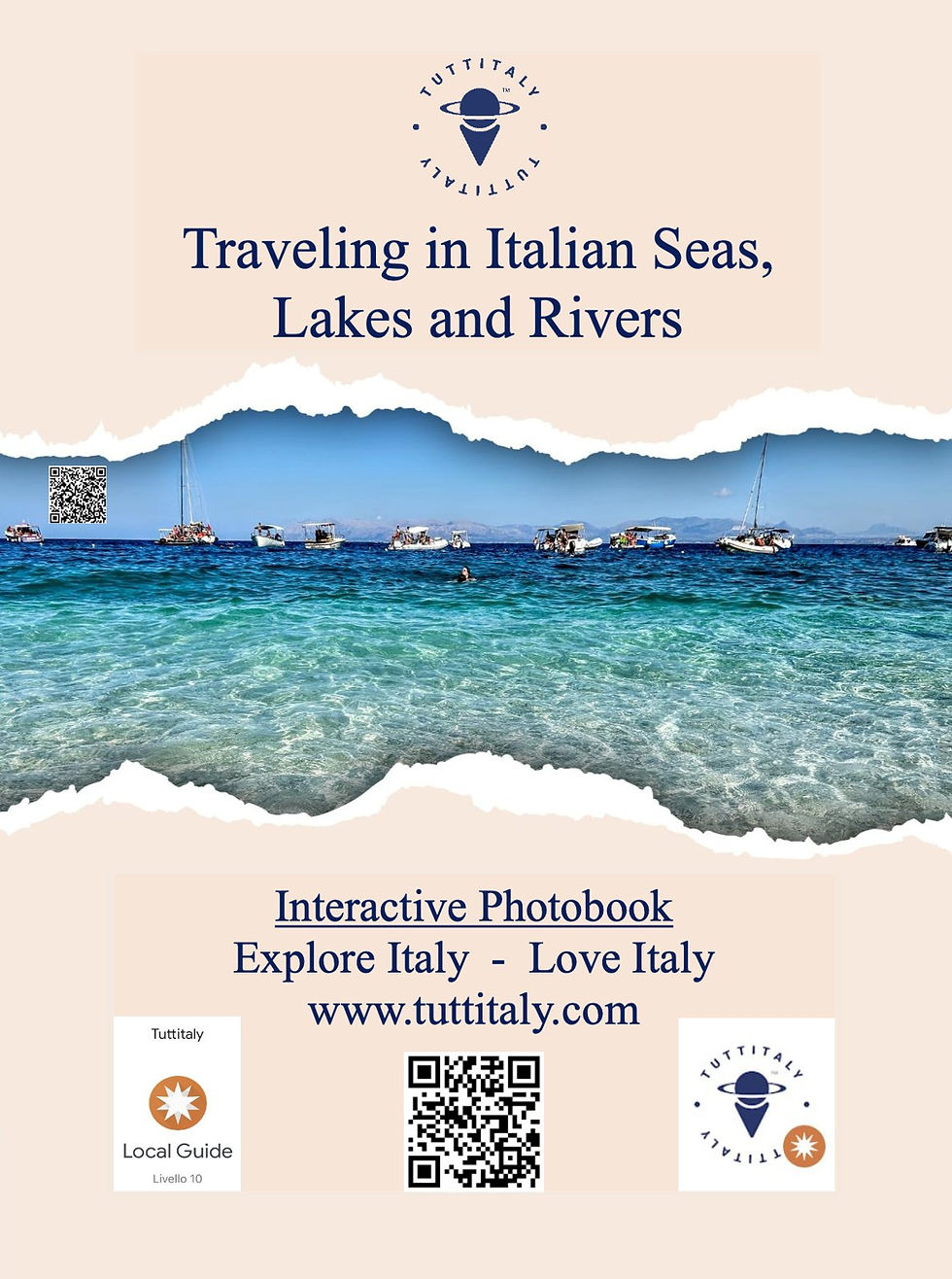The Necropolis of Pantalica is an ancient archaeological site with tombs carved into the rock. It is also the largest necropolis in Europe. Today, it is a precious testimony of the development of ancient civilizations and their progressive civilization...#UNESCO #tuttitaly
The rock-cut necropolis of Pantalica, or simply Pantalica, is a site of great naturalistic-archaeological importance in Syracuse. The name derives from the ancient Greek "place full of stones" or the Arabic "place full of caves," referring to the numerous natural and artificial caves present. This place is one of Sicily's most significant protohistoric sites, essential for understanding the transition from the Bronze Age to the Iron Age on the island.
Some archaeologists identify Pantalica with the ancient Hybla, a Sicilian kingdom that extended from the Anapo Valley to Syracuse between the 13th and 8th centuries BC.
In 2005, Pantalica was recognized as a UNESCO World Heritage Site, along with the city of Syracuse, for its high historical, archaeological, speleological, and landscape value. This location inspired the famous story "The Stones of Pantalica" by Vincenzo Consolo, in which the plateau becomes a metaphor for man's journey.
Located on a plateau surrounded by canyons formed by the rivers Anapo and Calcinara over millennia, Pantalica offers a unique and picturesque landscape.
The valleys below, known as the Anapo Valley and the plateau, are important naturalistic areas. The Giarranauti area has a forest, and various trails allow visitors to explore the site.
The Anapo Valley is accessible through two connected entrances in Sortino and Ferla's municipalities.
The most relevant archaeological area is characterized by the highest point, the anaktoron, surrounded by steep valleys that make the territory semi-inaccessible, except for the Sella di Filiporto, currently traversed by the Regional Road 11 from Ferla.
This area belongs to the Pantalica, Anapo Valley, and Cava Grande Stream-Oriented Nature Reserve, ensuring the protection and conservation of this valuable heritage.



























Comments